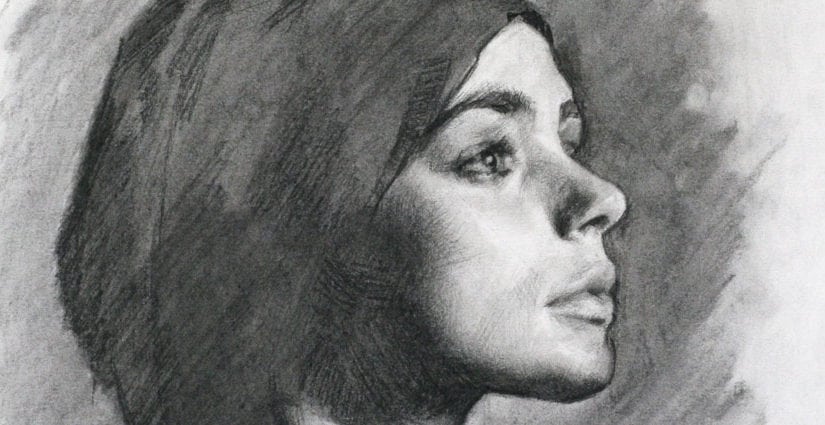The Charcoal Portrait is traditionally used to work out a composition before committing to the final piece.
Longer Studies
2-3 hour studies
A brief history
Traditionally, charcoal was the medium of choice for creating cartoons, a term derived from the Italian word “cartone,” meaning strong or heavy paper. A charcoal portrait often begins as a full-size drawing, essential in the production of frescoes. Artists would use these cartoons to work out their compositions before transferring them to damp plaster.
To create the final image, the cartoon would be marked with pinpricks along the outline of the design. Once positioned against the wall, a bag of soot was gently patted, or “pounced,” over the cartoon, leaving a trail of black dots on the plaster—a fascinating technique known as “pouncing.”
Over the years, these cartoons have gained recognition and value in their own right. A stunning example of this artistic process is Leonardo da Vinci’s charcoal portrait, which can be admired at the National Gallery, showcasing the timeless beauty and craftsmanship of charcoal art.
If you’re interested in commissioning a Charcoal Portrait, click here to get started!
